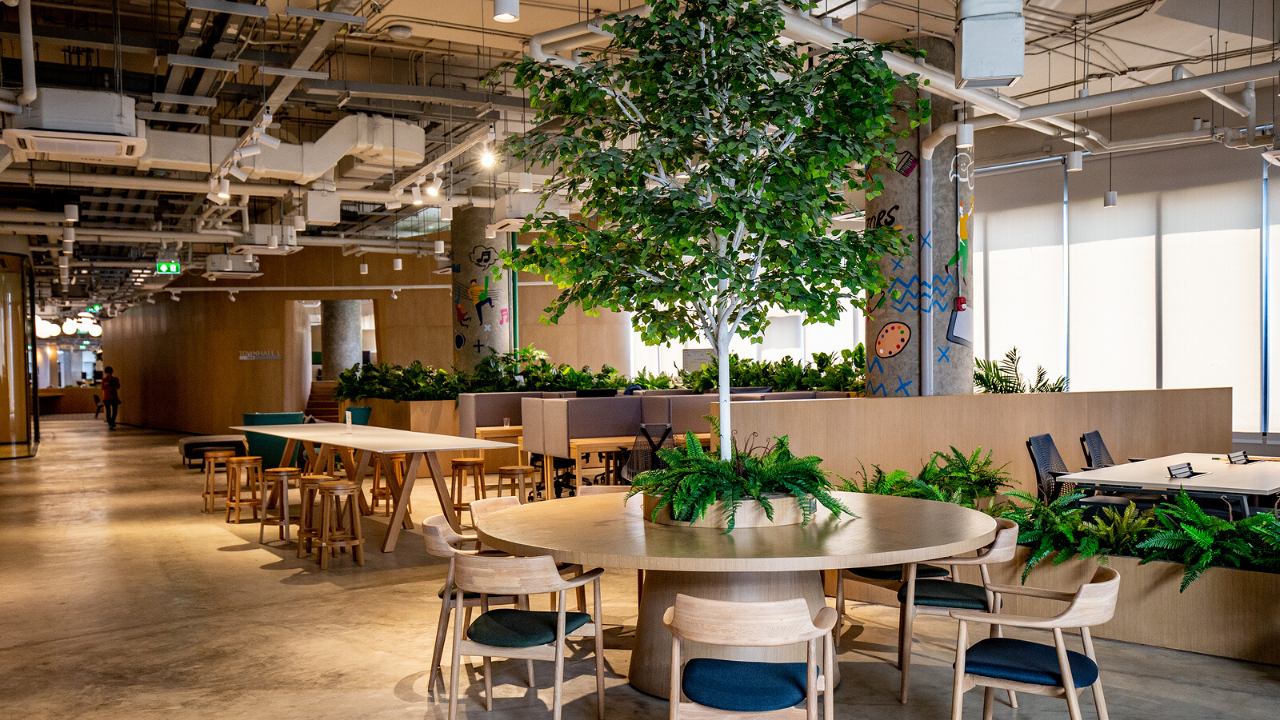Many employees know much of their work can be done from home, but what should they expect from the future of the workplace? Although this new way of working has its perks, this pivot also means changes to work schedules, environments, culture and more to accommodate work-life balance.
For starters, the traditional 9 to 5 work schedule makes little sense without a daily commute. Once this norm has been shed, employees can pick hours that best suits their lifestyle. For instance, working parents may want to log on at 10 to have time to get their children ready for school.
However, it’s important to keep in mind the rest of your team. With people in various time zones, coordination and communication will be key, so there will need to be flexibility on your end as well.
Leaders will also need to make their own adjustments with some of their employees working from home, and others in the office. Sustaining company culture will be essential in this scenario.
Business leaders can create a connected, supported distributed work environment by overcommunicating with their teams, reinforcing the big picture and reminding workers of the things they have in common.
Being thoughtful and purposeful in managing interactions between remote and in-person employees will also be crucial. For example, making sure that those who are virtually attending meetings are not overlooked is necessary for employee morale and innovation. Asking them their opinion and keeping them in the loop should not be ignored.


 Dr. Gleb Tsipursky – The Office Whisperer
Dr. Gleb Tsipursky – The Office Whisperer Nirit Cohen – WorkFutures
Nirit Cohen – WorkFutures Angela Howard – Culture Expert
Angela Howard – Culture Expert Drew Jones – Design & Innovation
Drew Jones – Design & Innovation Jonathan Price – CRE & Flex Expert
Jonathan Price – CRE & Flex Expert











